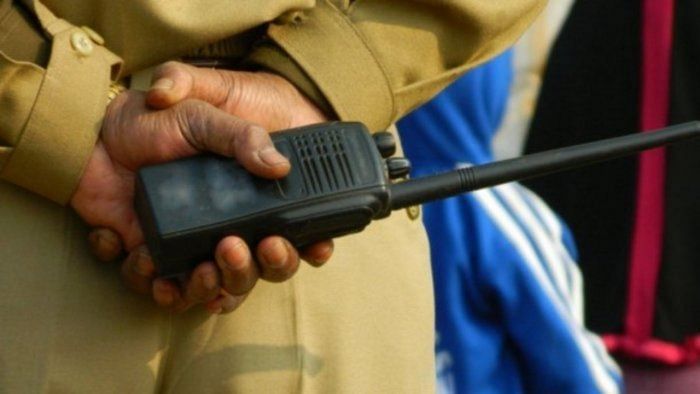
An explosion inside a moving autorickshaw in Mangaluru on November 19 has turned out to be, as feared, a terrorist act. The passenger, Mohammed Shariq, was carrying a pressure cooker with an improvised explosive device (IED) in it. It seems to have exploded prematurely, and Shariq and the auto driver were injured. Officials are probing Shariq’s links to jihadist groups and to other blasts in recent months, including the car-bomb blast in Coimbatore on October 22. Shariq had likely tested the explosives at Shivamogga in late September. Investigators say he traveled back and forth between towns in Karnataka and Tamil Nadu. Raids have led to houses that had served as storehouses for bomb-making materials. Intelligence agencies are looking into whether Shariq operated on his own or was part of a larger network of radicalised youth, perhaps one with links with global jihadist groups like ISIS or al-Qaeda.
Coastal Karnataka has long been a communal cauldron, with religious extremists, organisations and political parties engaging in hate speech and inciting violence against each other. This has provided ideal breeding grounds for radicalised youth. There is much radical content available online, not just inciting youth to turn to violence but providing them with input on how to make bombs, catalysing the emergence of lone wolves planning and carrying out violent attacks. Such radicalisation has surged in the wake of the hijab row earlier this year when religious and communal outfits mobilised and counter-mobilised against each other. The ban on the People’s Front of India and its affiliated organisations is likely to have triggered rage among disaffected sections.
Unlike in other countries, Muslims who turned to militancy in India have done so not in response to calls for global jihad but in reaction to local events. Thus, the demolition of the Babri Masjid and the anti-Muslim riots in Mumbai in 1993 and Gujarat in 2002 were major triggers that prompted scores of Muslim youths to turn militant. Closer home in Karnataka more recently, the targeting of the Muslim community on a number of issues almost certainly provided a trigger for radicalisation. Investigators probing the Mangaluru and Coimbatore blasts must not only find and eliminate the full reach of radicalising forces and networks that are pushing youth to terrorism, there is also a need to implement deradicalisation programmes for communities across the divide. Action against hate speech, implemented fairly and without discrimination, is important. Else, it will deepen feelings of victimisation, which then serve to justify violence. While civil society should pitch in, it is the government and especially leaders, political and religious, who must lead the effort to counter religious radicalism. They must lead by example.